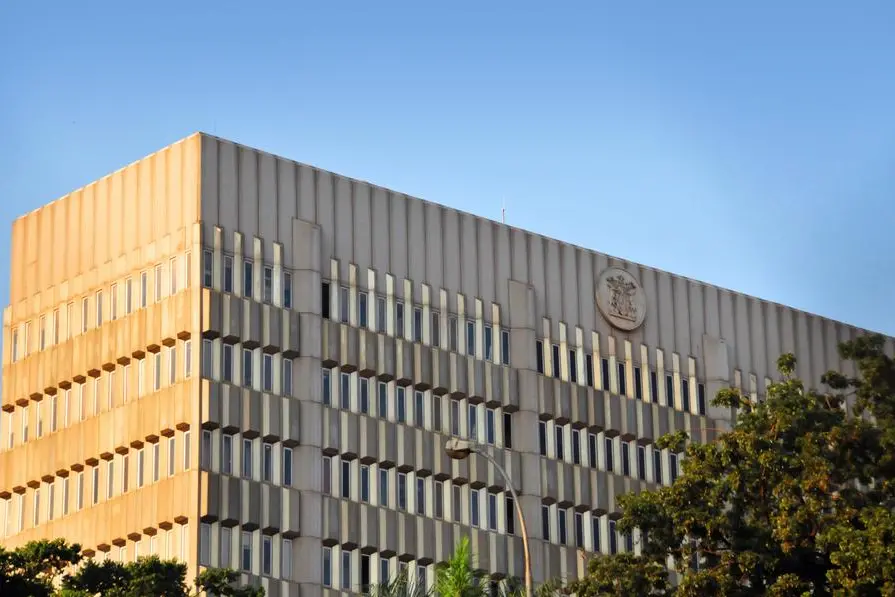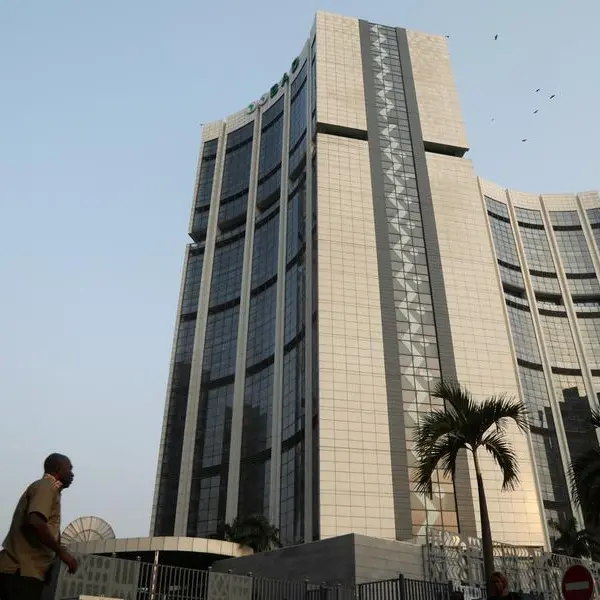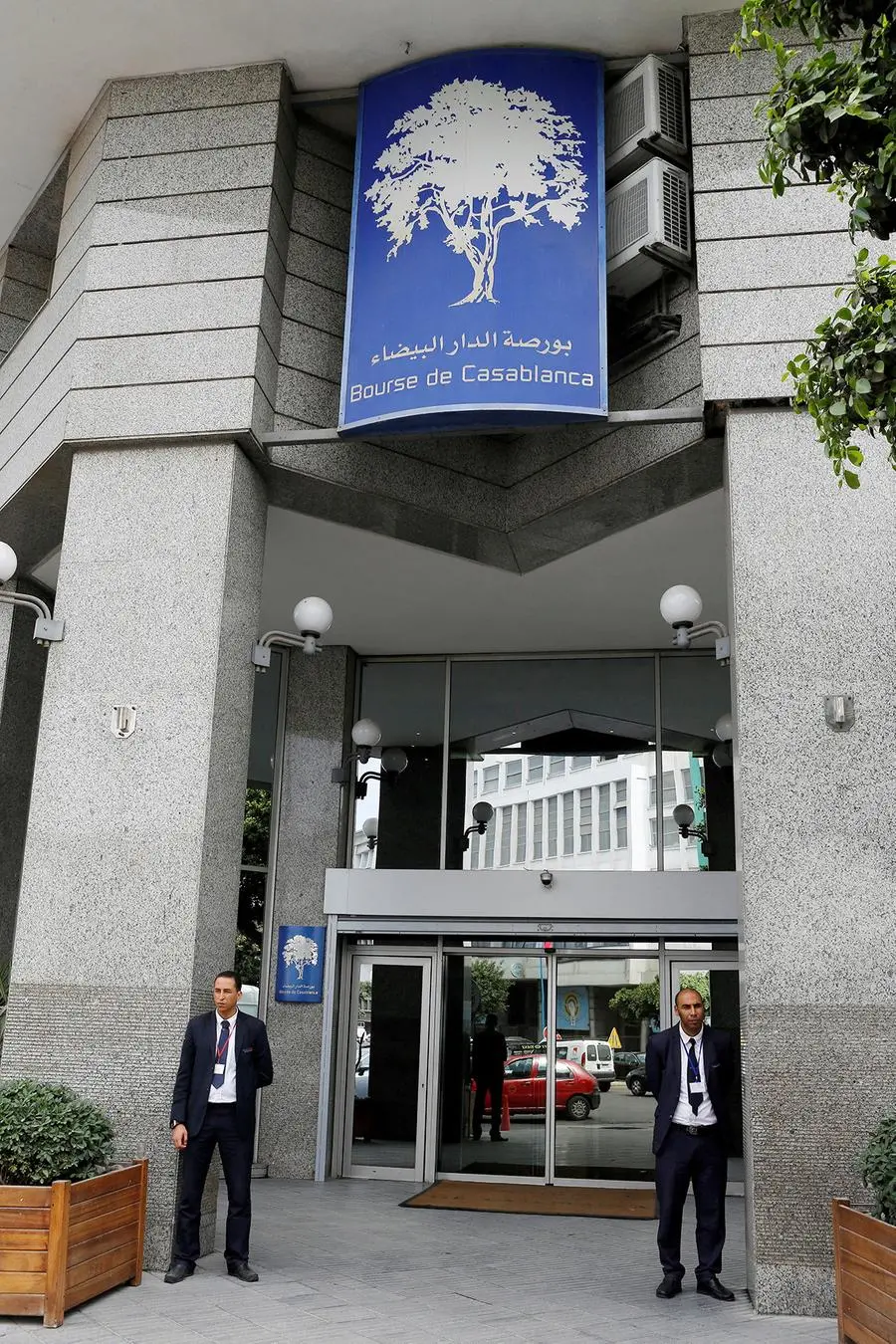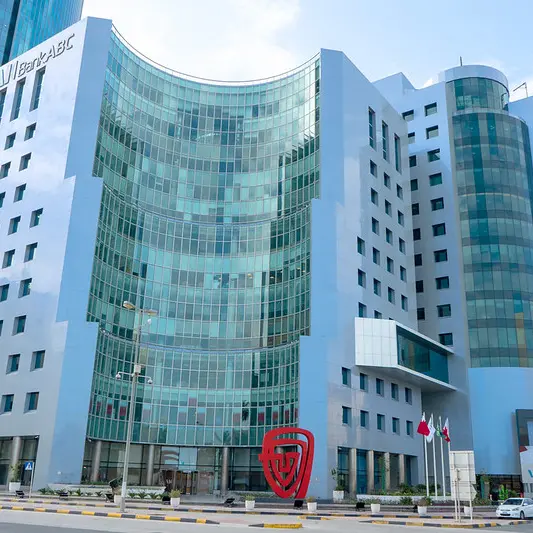PHOTO
Bank of Uganda building, the Central Bank of Uganda. Getty Images
Uganda’s central bank cut its benchmark policy rate by 0.25 percent to 9.75 percent on Monday in a further sign of subdued inflationary pressures and the spillover effects from softening of monetary policy actions undertaken by leading central banks.
Latest economic data shows annual headline inflation fell from 3.5 percent in August to three percent in September, while core inflation - a measure of price movements that includes energy prices - dropped slightly from 3.9 percent to 3.7 percent during the same period.
Services inflation declined from 6.2 percent in August to 5.8 percent in September. Other goods inflation remained stable at 2.1 percent in September, signalling the waning price pressures circulating in the local business environment.
Lower fuel and food prices are mainly cited for declining inflation levels despite persistent threats of hostile weather conditions attributed to severe climate change patterns.
However, the exact impact of the central bank rate (CBR) cut on economic growth momentum remains unclear. Economic growth is forecast at six to 6.5 percent for the financial year 2024/25.“Whenever we cut the CBR, we consider inflation and economic growth in perspective over 12 months. So far, the CBR stood at 10 percent while the average interbank rates stood at around 12 percent by the end of September. With the CBR down to 9.75 percent, average interbank rates will reduce to around 11.75 percent. This situation will encourage commercial banks to cut lending rates, expand their loan books, and eventually boost economic growth along the way,” said Dr Adam Mugume, Bank of Uganda’s Executive Director for Research.
The central bank had lowered its rate to 10 percent in August.“The CBR cut was widely expected because of the recent easing of monetary policy undertaken by the US Federal Reserve. The US Fed has already cut its benchmark policy rate while the European Central Bank has slashed its policy rate twice. The CBR cut implies commercial banks will cut their prime lending rates going forward and this will stimulate demand for private sector credit, increase aggregate demand, and also boost economic growth.“But Bank of Uganda seems more cautious about adjusting the cash reserve ratio (CRR). We’ve had several discussions with them over this matter but they are taking longer to respond. The CRR is influenced by several factors such as inflation, economic growth, and credit growth among others. Kenya, on the other hand, has kept its CRR at five percent,” argued Benoni Okwenje, General Manager for Treasury Operations at Centenary Bank Uganda Limited.
The CRR refers to a portion of money kept by commercial banks on a central bank account for emergency purposes. The Bank of Uganda (BoU) raised the CRR from eight percent to 10 percent in 2022 in an attempt to contain surging inflation. It subsequently cut the CRR to 9.5 percent last year. © Copyright 2022 Nation Media Group. All Rights Reserved. Provided by SyndiGate Media Inc. (Syndigate.info).
Bernard Busuulwa




















